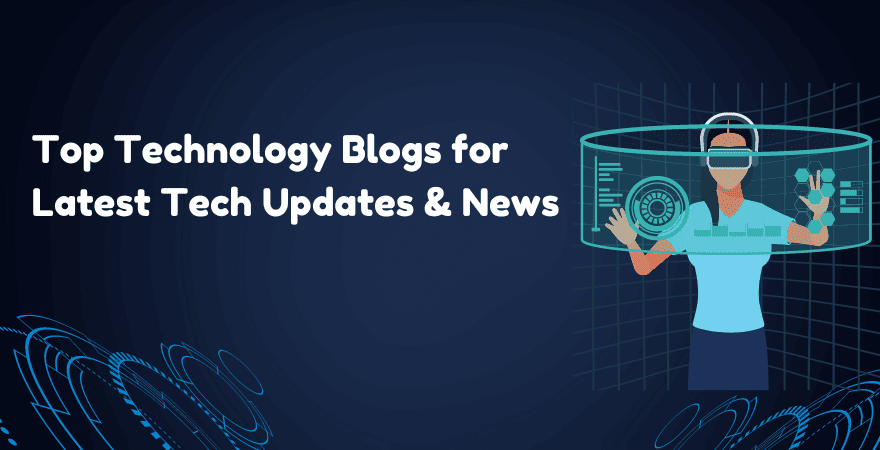Understanding the Surge of Side Computer in Today's Digital World
In the swiftly advancing landscape of technology, side computing arises as an essential force, improving how information is refined and utilized. By transitioning information management closer to the source, side computer addresses essential latency concerns while maximizing data transfer use and improving safety actions.
What Is Edge Computer
Side computer, although a fairly recent innovation in the world of innovation, basically changes how information is processed and handled by bringing calculation and data storage closer to the location where it is required. Unlike standard cloud computer versions, which typically rely upon central information facilities that can be geographically remote, side computer decentralizes information handling. This proximity reduces latency, enhances real-time data processing, and improves the overall user experience by ensuring faster reaction times.
At its core, edge computing entails a network of local devices and infrastructure, such as portals, routers, and sensing units, qualified of refining data at or near the source. This local processing capacity is particularly crucial for applications calling for prompt data evaluation, such as autonomous vehicles, industrial automation, and clever cities. Additionally, by unloading data handling jobs from central servers, edge computing reduces transmission capacity requirements and improves information personal privacy and safety, as sensitive information can continue to be on-site as opposed to going across considerable networks.

Key Motorists of Fostering
Numerous variables are propelling the adoption of side computer in today's digital landscape. Among the primary chauffeurs is the exponential boost in connected gadgets, usually referred to as the Net of Things (IoT) This surge creates substantial amounts of information that need to be processed promptly and efficiently. Edge calculating addresses this demand by making it possible for data handling closer to the data source, reducing latency and boosting real-time decision-making abilities.
An additional substantial driver is the need for boosted bandwidth efficiency. Centralized cloud systems can end up being overwhelmed with the large quantity of data generated by IoT tools, leading to bottlenecks (Best tech blog). By processing data at the side, companies can alleviate network blockage and enhance total system efficiency
In addition, security and personal privacy issues are pressing organizations towards edge computing. By processing sensitive information in your area, business can alleviate risks associated with data transmission and direct exposure to possible cyber risks.
The surge of applications calling for real-time processing, such as independent lorries and enhanced fact, additionally requires the rapid response times that edge calculating provides. Collectively, these chauffeurs are making side calculating a vital element of modern IT infrastructure, leading the way for its widespread fostering throughout various sectors.
Advantages Over Cloud Computing
Just how does side computer distinguish itself from conventional cloud computing? Mainly, edge computing brings information processing closer to the source of information generation, commonly on close-by web servers or neighborhood gadgets, instead than relying on centralized information.
In addition, side computer enhances data transfer effectiveness (Best tech blog). By refining data in your area, just the essential information is sent to the cloud for further analysis or storage space, reducing the volume of data that goes across the network. This not only minimizes network blockage yet additionally decreases information transmission costs
Edge computing likewise uses improved data personal privacy and security. Sensitive data can be refined in your area without being sent out to the cloud, minimizing the exposure to prospective cyber risks. This is specifically advantageous for markets dealing with confidential info, such as medical care and monetary services.
Furthermore, edge computing ensures greater durability and dependability. Regional processing permits proceeded operation even when connection to the cloud is jeopardized, maintaining vital features and solutions despite possible network interruptions. These advantages jointly demonstrate side computing's transformative possibility in enhancing efficiency and security in digital communities.
Difficulties and Considerations
While edge computer supplies various benefits, it likewise offers one-of-a-kind obstacles and factors to consider that should be resolved to completely understand its capacity. Furthermore, managing and monitoring a decentralized network of side tools can be complicated, calling for advanced devices and methods to guarantee seamless operation and maintenance. Best tech blog.
An additional factor to consider is the scalability of edge computer remedies. As the variety of linked gadgets expands, so does the demand for refining power at the side, which can bring about source constraints. Organizations needs to carefully intend their framework to accommodate this growth without endangering performance or effectiveness.
Interoperability is visit the site another critical element. With various equipment and software parts involved, ensuring compatibility and smooth integration can be tough. Standardization initiatives are necessary to help with interaction in between inconsonant systems.
Future Fads in Edge Computing
Anticipating the future, side computing is poised to change numerous industries by making it possible for quicker data handling and reducing latency. As the volume of information created by IoT tools continues to expand, side computing will become increasingly crucial in managing this influx efficiently. One significant pattern is the assimilation of fabricated intelligence at the edge, enabling real-time analytics and decision-making without relying on cloud-based sources. This change is anticipated to enhance applications in self-governing cars, wise cities, and health care, where immediate information handling is vital.
One more arising pattern is the development of edge-native applications created specifically to utilize the special capacities of side computing. These applications will certainly optimize efficiency and resource application, websites resulting in enhanced effectiveness across various sectors. Developments in 5G modern technology will certainly additionally bolster edge computing by offering the required infrastructure for high-speed, low-latency interaction between gadgets and edge nodes.
Final Thought
Side computing's surge is driven by the proliferation of IoT tools and the demand for real-time information processing, which enhances effectiveness by decreasing latency and decentralizing information administration. This strategy mitigates data transfer inefficiencies and safety concerns, assisting in developments in applications like autonomous lorries and clever cities. In spite of challenges such as facilities complexity and assimilation, the future of side computing promises a more receptive digital community, with continued developments forming its development and expanding its applicability throughout sectors.
Edge computer, although a reasonably current improvement in the realm of technology, basically changes just how data is refined and taken care official source of by bringing calculation and information storage closer to the area where it is needed. Unlike conventional cloud computing versions, which typically depend on central data facilities that can be geographically far-off, side computer decentralizes data handling. Additionally, by offloading information processing tasks from central servers, edge computer decreases transmission capacity needs and enhances information personal privacy and protection, as delicate info can continue to be on-site rather than going across considerable networks.
